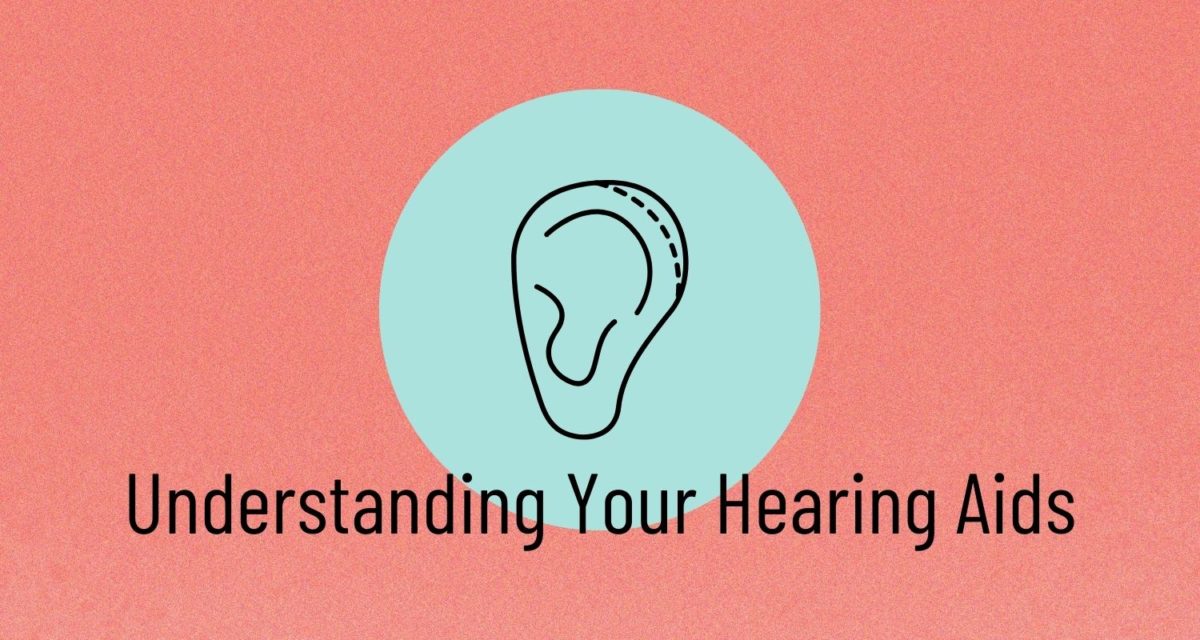- Summer Sports and Their Impact on Hearing Health - July 15, 2024
- Should You Disclose Your Hearing Loss? - July 3, 2024
- What Is the Impact of Smoking and Alcohol on Hearing? - June 25, 2024
There are conditions associated with aging that are irreversible and yet, we still take action to confront them and learn more about how to keep living our lives despite their appearance. For some people, that’s the arrival of arthritis. It’s not a curable condition. And yet, with medication, diet, and physical therapy or exercise management, we can retain mobility and lead fully active lives.
For more than 30 million Americans, living with hearing loss takes a similar path. In cases of age-related or noise-induced hearing loss, disproportionately impacting folks over 50 years of age, treatment with hearing aids or other hearing solutions can minimize the impacts of what can be a debilitating condition.
If you are among the proactive demographic of people who have chosen to intervene in hearing loss with hearing aids, this introduction is for you.
Basic parts of a hearing aid
All hearing aids consist of three basic parts: the microphone, amplifier, and speaker. A digital hearing aid will also possess a computer.
Fundamentally, all hearing aids work the same. The microphone will pick up sounds from the external environment. In analog hearing aids, they go straight to an amplifier to increase the volume. In digital hearing aids, the sound is converted to digital signals and then analyzed and filtered by the computer. The speaker, usually located close to or within the ear canal, delivers sound into your ear.
Digital vs. Analog
Few hearing aids today are truly analog. The computer revolution disrupted almost every industry, including the hearing aid market. Analog is the previous technology that hearing aids were built upon, which amplifies sound waves universally.
Most hearing aids today incorporate digital technology, which takes sound information, and instead of simply amplifying all of it, they first encode it into digital signals. From there, the hearing aid is able to filter the noise and prioritize sounds like speech while suppressing unnecessary sound information like background noise. The resulting experience, crisp and clear, is far superior to the hearing aids your parents or grandparents might have worn.
Supporting technology
The same computer revolution that made hearing aids more powerful through digital technology also resulted in smaller machines. Today’s hearing aids are much more compact than in previous years. The addition of an app to simplify controls makes this decrease in size accessible to people who have trouble with dexterity. If you can use a smartphone, you can change the program on your hearing aid or gather data about your individual usage with the click of a button.
If you are having difficulties operating your app, we are happy to point you in the direction of helpful tutorials that will guide you through the process.
Period of adjustment
It’s integral that you expect and plan for a period of adjustment with hearing aids. Remember that part of hearing loss happens in the brain. Sure, it is the cells of the inner ear that when damaged, result in our decreased ability to hear sound information. But it is with that loss that our brains receive less sound to process. Depending on the severity of your hearing loss and the length of time it’s been untreated, your brain may have to re-learn how to hear more.
Give this process time. Odds are that it took you some time to notice and take action on your hearing loss. Expect the transition for your brain to take at least half as long.
Wear your hearing aids
Working with your audiologist, you can come up with a ‘training schedule’ to become accustomed to your hearing aids. Flipping a switch from less hearing to more hearing isn’t as simple as it sounds, and it’s truly not like flipping a switch at all.
Instead, think of it as working out and strengthening a muscle. It takes both time and repetition before wearing hearing aids all the time will feel comfortable. Don’t rush the process, which can lead to frustration. Instead, monitor your levels of enthusiasm and comfort. When those start to wane, take a break. You deserve it.
Care for your hearing aids
Caring for your hearing aids encompasses the daily care you show them at home, like cleaning and storing them properly and making sure the batteries are charged. It also refers to the occasional refitting or formal appointment with us, your audiologist. We want your hearing aids to be a successful hearing solution and that can sometimes mean adjustments or fine-tuning your experience. We are a resource for you, so please visit us if you have any concerns or problems. We’re here to make sure that you are living a life with your best possible hearing.

